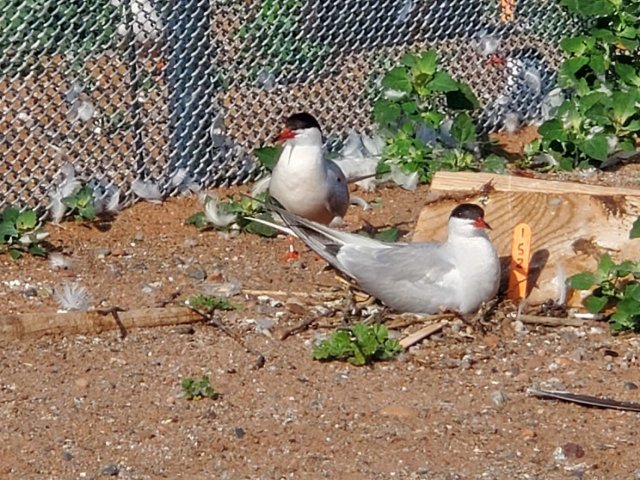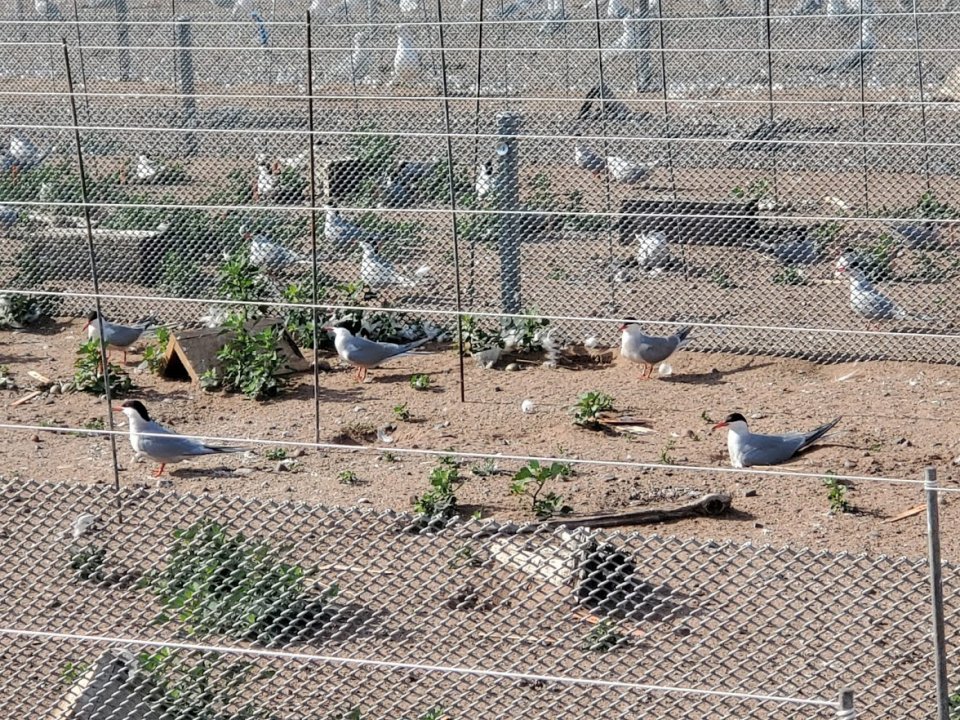EPA Funding Helps the Terns Return to Interstate Island in Duluth-Superior
Reducing predatory pressure: EPA provided $840,000 of Great Lakes Restoration Initiative funding to improve terns’ nesting area

CHICAGO (July 21, 2021) – Between April 2020 and April 2021, habitat restoration work on 8.4 acres of Interstate Island in the Duluth-Superior harbor enhanced the island’s nesting area for the common tern. The island’s tern population had been reduced by roughly 50% due to high-water levels and flooding and an increase in the number of ring-billed gulls, a natural predator of terns. The restoration work included creating nesting space on the island at a higher elevation to protect from flooding. The U.S. Army Corps of Engineers also doubled the size of the island by repurposing clean dredge materials from annual maintenance dredging in the harbor.
The common tern is a slender bird with a reddish bill and legs. They nest primarily in three areas including mid-Atlantic coast, the northern Great Plains and the Great Lakes. The Great Lakes population has been declining and reached a point where they were classified as a threatened species in 1996. Since 2021 was the first year since restoration work was completed, the common tern population has not increased significantly at this point, but biologists have already seen reduced gull predation which is a good sign for the terns.
Common terns at Interstate Island
- Common terns return to the same nesting site each year.
- Roughly two-thirds of the Lake Superior tern population nests at Interstate Island.
- Interstate Island is one of only two tern colonies in the Lake Superior basin.

The Minnesota Land Trust managed this project for the Minnesota and Wisconsin Departments of Natural Resources. EPA’s federal partners include U.S. Fish and Wildlife Services and U.S. Army Corps of Engineers. The habitat work cost roughly $2.8 million with $840,000 coming from Great Lakes Restoration Initiative funding. The GLRI was launched in 2010 as a non-regulatory program to accelerate efforts to protect and restore the largest system of fresh surface water in the world.
